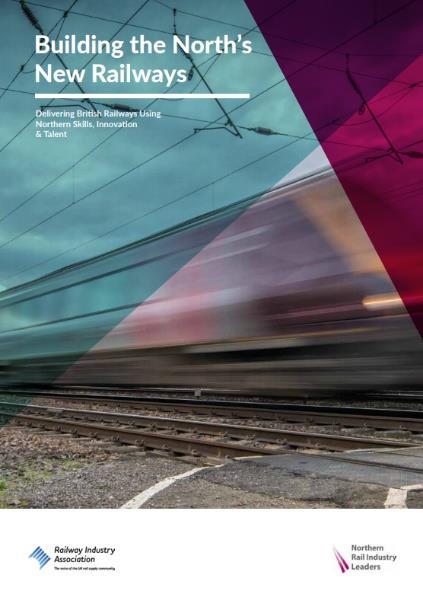5
| Doc ref: NRIL-2020-10-23 – Issue 1
1. INTRODUCTION Climate change, caused by the emission of greenhouse gases (GHG), is becoming an increasing concern, both in the United Kingdom (UK) and worldwide. As a result, Government is introducing measures to reduce the quantity of GHG, particularly that of carbon dioxide (CO2), that the UK produces. Transport is now the biggest generator of CO2 in the UK, and whilst other industries have demonstrated significant reductions in emissions over recent years, the transport sector has only managed a reduction of 3% [2]. Furthermore, emissions found in diesel exhaust, particularly oxides of nitrogen (NOx) and particulate matter (PM) have been identified as significant contributors to poor health due to their effect on the respiratory system. This forms a major driver behind current Government efforts to significantly reduce diesel use, particularly in urban areas. In early 2018, the Secretary of State for Transport announced that a ban would be introduced on the use of diesel-only rail vehicles from 2040. Whilst various studies have shown that further electrification will permit a significant reduction in diesel use across the network [3] [4] [5], it is unlikely that a case can ever be made to electrify the entire UK rail network. Therefore, whilst further electrification of many routes will be justified by the requirements of high speed, high frequency passenger and freight traffic, alternatives to diesel propulsion will also be required to permit continued provision of the remaining non-electric services, many of which operate in the North of England.
To address this issue, Northern Rail Industry Leaders (NRIL) has set up a dedicated low carbon working group, in order to set out a strategy for decarbonisation of the railways in the North of England. As part of this working group, a rolling stock subgroup has been established to identify where emissions can be reduced through improvements to rolling stock. In response to the proposed diesel ban, Arriva Rail North (ARN), which is now Northern Trains Ltd (NTL), set up a dedicated project team to investigate the use of alternative energy trains (AETs) on a number of the routes operated by the Northern franchise. As evidenced by the findings of Network Rail’s Traction Decarbonisation Network Strategy (TDNS), these routes are unlikely to see electrification in the near future, but account for significant operating mileages. For this work, the AET project team investigated the various possible energy sources available. This work resulted in the selection of battery-electric multiple unit (BEMU) trains for the Manchester Airport to Windermere route, and hydrogen multiple unit (HMU) trains for the rail network in the Tees Valley. Based on the lessons learned by the AET project team, this document provides guidance on evaluation processes for the selection of appropriate decarbonisation solutions for different types of route and service. It should be noted that the discussions within this paper refer specifically to passenger operations; due to its significant power requirement and large geographical coverage, freight poses further technical challenges which are likely to require different approaches to those applicable to rail passenger transport. This view is reflected by the findings of the TDNS report, which favours electrification as the most appropriate solution for the bulk of rail freight flows.


